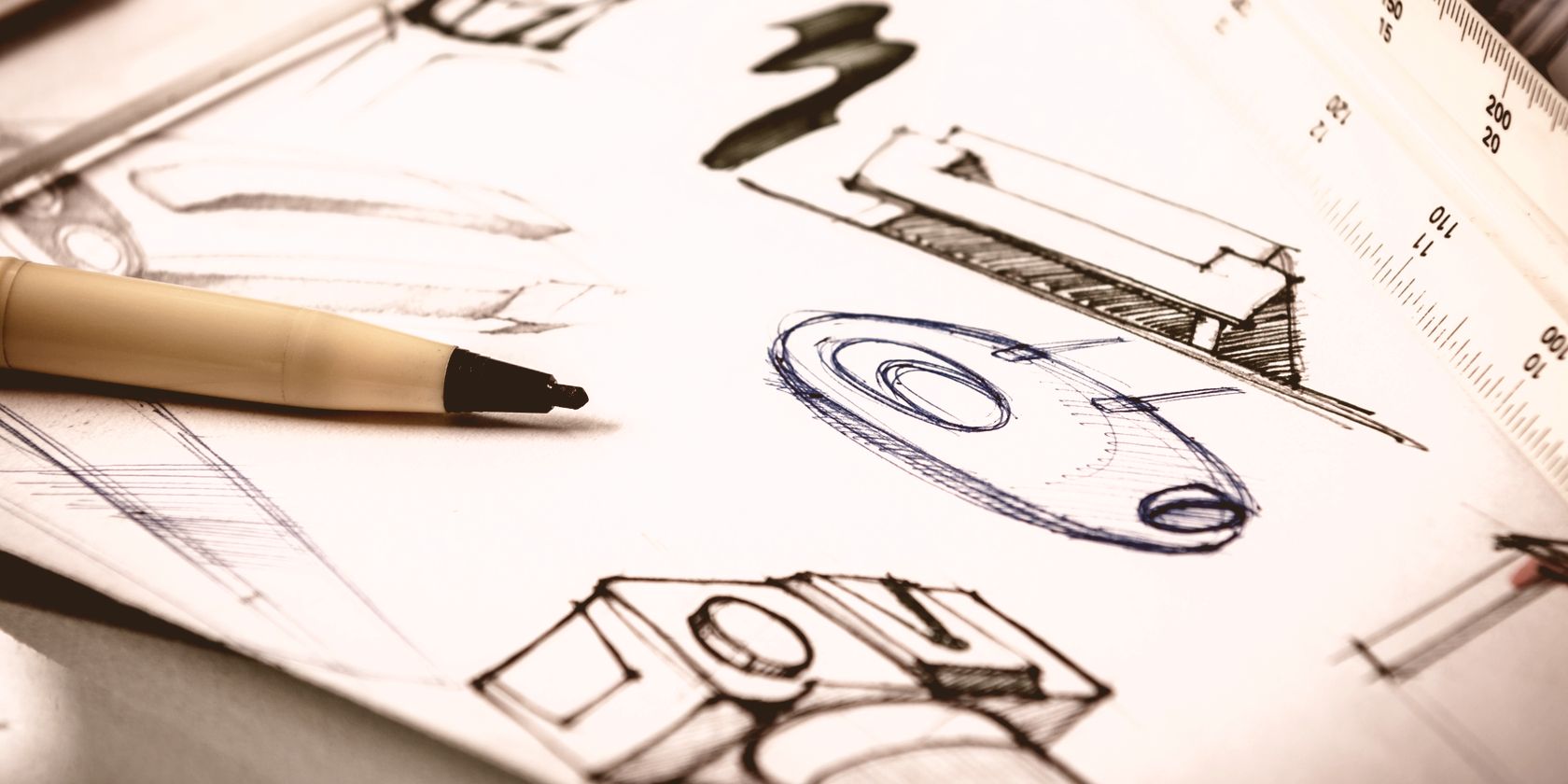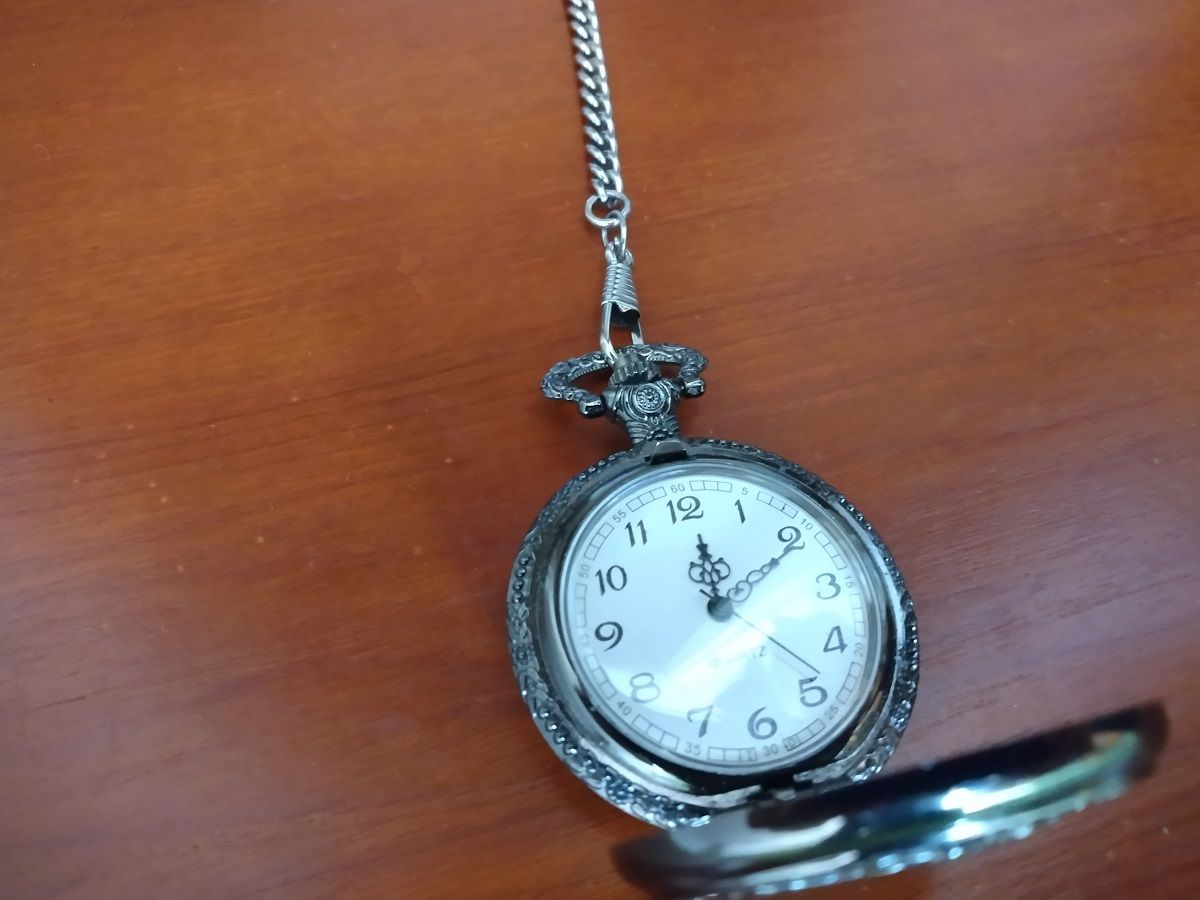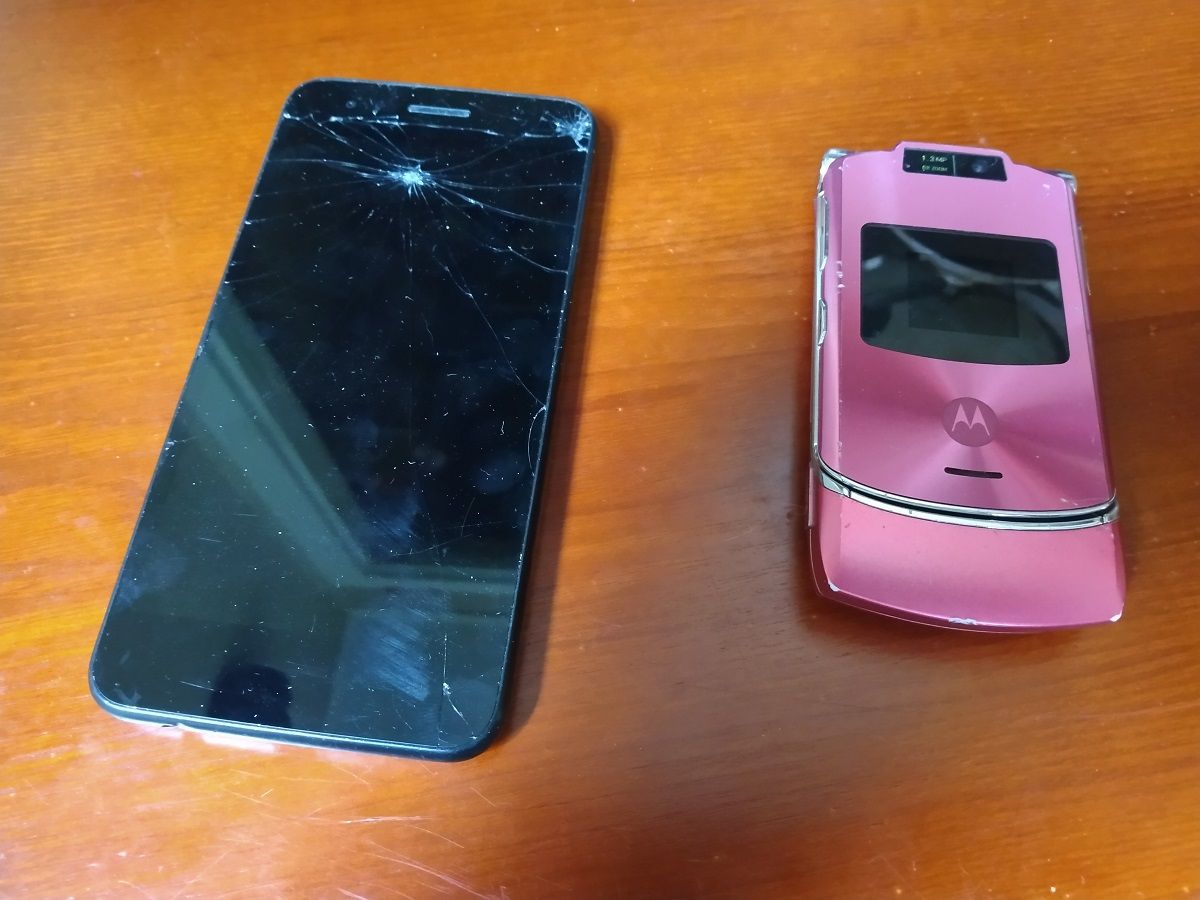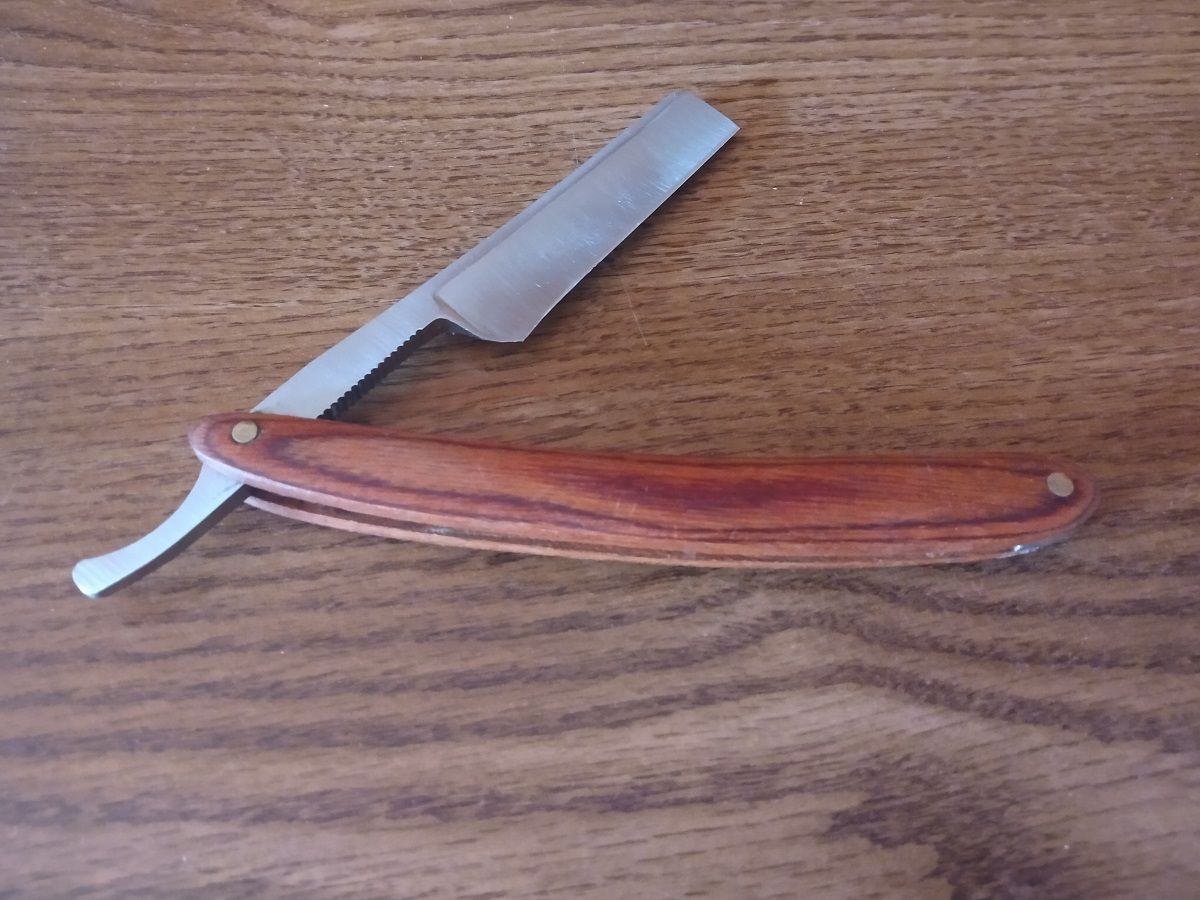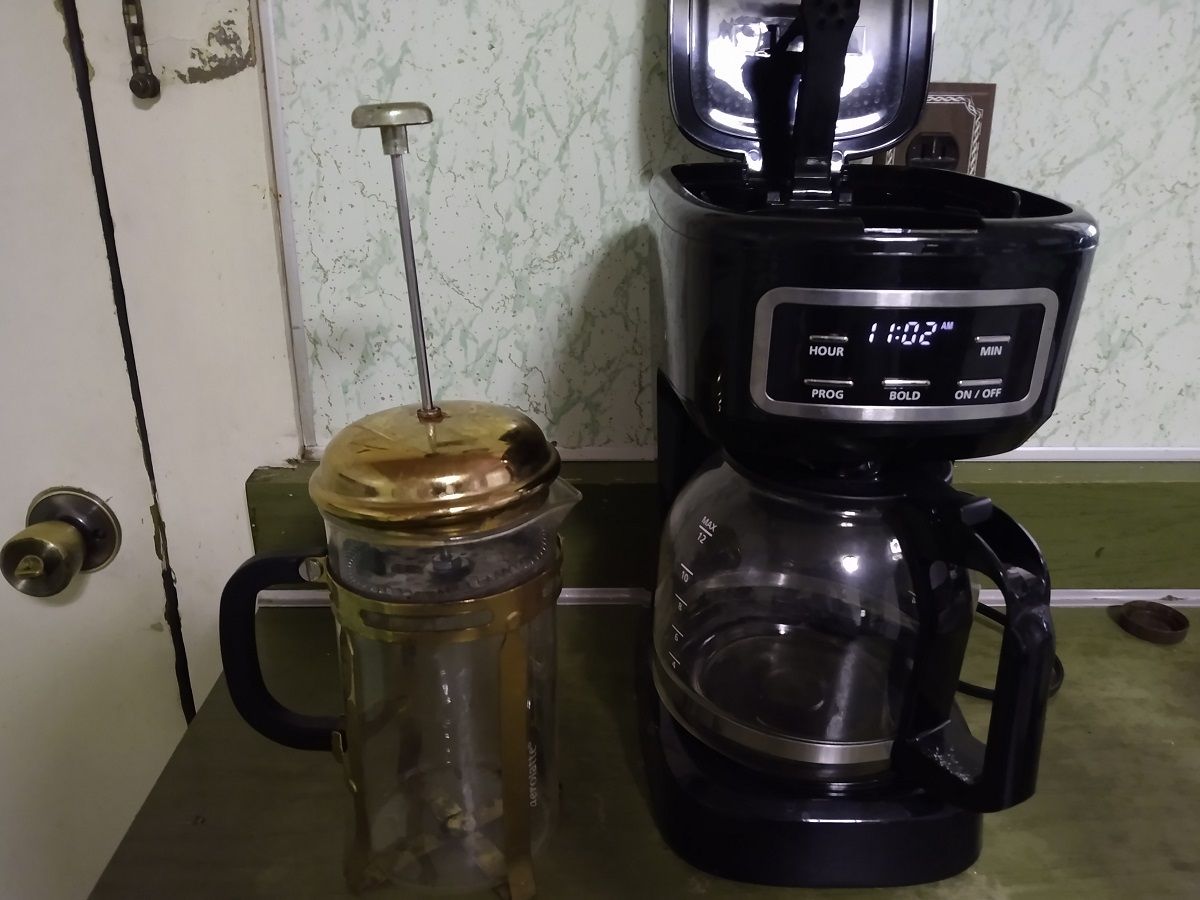Everyone gets greedy from time to time, and that includes designers. When designers try to pack too many features into a product or push design principles too far, the product can end up being harder to use, more expensive, and less effective at whatever it was supposed to do in the first place.
Here, we'll look at examples of good-tech gone bad through overdesign. Fortunately, many of these stories get a happy ending when developing other hardware, software, or design principles brings an object back to life.
When Good Design Goes Bad
The Law of Diminishing Returns tells us that you can have too much of a good thing, and the Paradox of Design tells us that this applies to good ideas. As users, we want things to be inexpensive, but we also want them to be easy to use, and, in a lot of cases, we want them to do more than one thing. However, there is only so much that most devices can practically deliver.
To be clear, the tech isn't always "ruined" through changes so much as "compromised." One of the things this article looks at is the fact that flip phones were more durable than smartphones. This is a feature that some of us miss about flip phones as a design, but the argument isn't that flip phones are better than smartphones. It's just a good example of how one affordance (usability) being prioritized over another (durability) has its drawbacks.
1. The Watch
The humble watch used to have a single point of user interface called "the crown." Rotating the crown in its neutral position wound the watch to keep it ticking, and rotating the crown in its raised position changed the time.
As watches became more complex, some could keep track of the day of the month and even the week with little added difficulty.
With the advent of the digital watch, things began to get messy. Watches could be set for multiple time zones, have multiple alarms, work as stopwatches or kitchen timers. Some even had calculators. Now, most people have reached the point where they must bring their watch to a seller to have the time set, and the battery changed because they can no longer complete what were once basic functions.
The moment of redemption for the watch was actually the advent of other mobile computing technology, like the cell phone. With their user-friendly digital interfaces, these multi-taskers took on many additional tasks, and watches were largely free to go back to just being watches. Of course, there are still some watches out there that can do some pretty neat tricks.
Of course, the mobile phone is going through its own design arch.
2. The Mobile Phone
The original "brick" mobile phones had a small, non-touch-responsive screen and were principally navigated through the keypad, which took up the rest of the phone's face. As a result, users lived in constant fear of "pocket dialing." You might call or text someone by digging in your pocket, bumping up against something, or even sitting down. That's to say nothing of damage from pressure on the screen and keyboard.
Flip phones have a larger screen that folds over the keyboard, increasing the size of both the screen and the keyboard. Furthermore, the folding design made accidental dialing essentially a thing of the past, while the keyboard and screen were practically indestructible when the phone was closed.
But then the smartphone changed the world. Its touch-responsive display replaced the keyboard, making the devices more useful and user-friendly than ever. However, the smartphone's "tablet" design brought back many of the issues with the brick phone.
Exposing the sensitive point of user interaction reintroduced accidental engagement and the dangers of excessive pressure. In addition, tablet-style devices with a thinner body and larger surface area are more fragile than the chunkier brick phones of yore. For now, the best solution is to invest in cases and screen protectors, which still allow for accidental engagement. But, the folding phones of the future may solve all of these problems.
3. The Shaving Razor
Not all design arcs have a happy ending.
The straight-edge razor blade was largely unchanged for thousands of years. Maintenance was a bit of a chore, and operation was a learned skill, but a single razor lasted for years. Then, the industrial revolution allowed the mass production of thinner, sharper razorblades in "safety razors." They weren't just safer. They were also easier to use. Individual razors were less expensive, but they could only be reused a handful of times.
In the early days, even these razors were resharpened and recycled, but this wouldn't be the dominant case for long. The safety razor largely gave way to disposable razors. In addition to being more wasteful, these models placed low-cost over effectiveness.
In both manual and electric razors, a race to the bottom began over who could incorporate the most blades. Unfortunately, razors with more blades were more expensive and more difficult to replace, meaning that, in many cases, not only the head but the whole razor is thrown away rather than being replaced.
The story of the shaving razor is without a happy ending. Today's premier models might be easier and safer to use, but they are also more expensive, difficult to maintain, and don't provide a closer shave than the single-blade straight-edge folding razor that your great-grandfather used.
4. Automobile Gear Shifts
So far, the examples we've looked at involve a more-or-less monolithic design across manufacturers and providers. But, this isn't always the case. For example, there is huge variety in automotive design, including how different manufacturers handle a basic design feature: the gear shift.
For decades, automobile transmissions have been manual or automatic. Manual shifting gives greater control and responsibility to the operator, while automatic shifting takes the matter out of the operator's hands.
Even vehicles with automatic transmissions use the familiar "stick" gear shift to allow the driver control over necessary operations. However, these operations and other optimizations for different conditions are increasingly being changed from the stick to dials and switches.
These interfaces may be too easy to operate. By replicating the design scheme of less crucial functions like the sound system and the air conditioning, vehicles featuring these designs may be easier for operators to misuse accidentally.
5. Coffee Pots
Early coffee pots didn't incorporate a filter. The idea was that the coffee would just settle out. This worked better than one might think due largely to the common coarse-ground coffee in those days. But grinders got better, and so did filtration.
Cue the French press coffee pot style consisting of a glass carafe with a filter that was pushed through the coffee by a plunger that extended through the lid of the pot. French press pots arguably make better coffee and definitely do a better job at removing the beans.
Most people opt for electrical drip coffee pots that feed water through the grounds and a filter to collect in the carafe. But, again, different people have different taste preferences. But, taste aside, drip coffee pots are more expensive to purchase and operate and are more difficult to properly clean than French press pots. Further, with the advent of the plastic cup, waste and expense are both increased exponentially.
If that weren't enough, coffee pots have largely gone the way of the watch. That is to say, premium models incorporate clocks, timers, and other unnecessary novelties that the device significantly more difficult to use.
When Design Goes Too Far
Technology exists to help us solve our problems. But, the best solution to a problem doesn't always come from throwing more technology at it. In the case of things like mobile phones, the best is yet to come. Unfortunately, other common pieces of technology may have already passed their peak designs.

